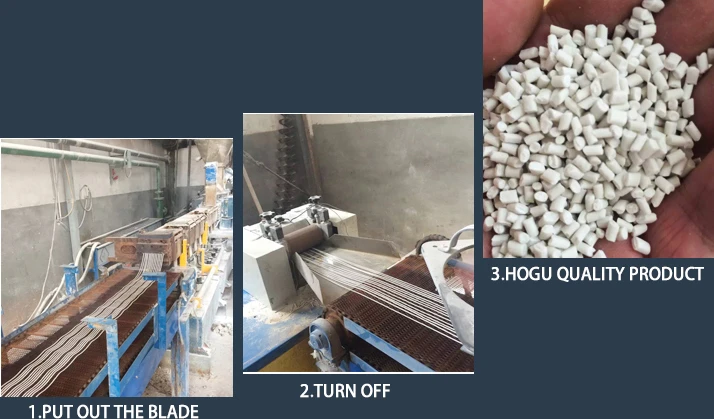



calcium ammonium nitrate msds
Understanding Calcium Ammonium Nitrate A Safety Perspective
Calcium Ammonium Nitrate (CAN) is a widely used fertilizer known for its dual function of supplying both calcium and nitrogen to crops. As with any chemical, it is crucial to understand its safety data and handling requirements to ensure the safety of users and the environment. The Material Safety Data Sheet (MSDS) is a vital resource that provides detailed information about the hazardous properties of a substance, including its composition, potential hazards, handling and storage guidelines, and emergency measures.
Chemical Composition and Properties
Calcium Ammonium Nitrate is a compound that combines calcium nitrate and ammonium nitrate. It typically consists of about 20-27% nitrogen, depending on the specific formulation, and contains around 5-10% calcium. This composition makes it particularly effective for enhancing plant growth while preventing the leaching of nitrogen in sandy soils, thus making it a popular choice in agricultural settings.
From a physical standpoint, CAN is usually presented as a white granule or crystalline powder, which is hygroscopic, meaning it has the ability to absorb moisture from the environment. This property highlights the importance of proper storage conditions to maintain its efficacy.
Hazards Identification
The MSDS for Calcium Ammonium Nitrate classifies it as a non-flammable solid, but it does pose specific hazards. When involved in a fire, it can release nitrogen oxides, which are toxic and harmful to health. Furthermore, CAN can undergo thermal decomposition at high temperatures, producing ammonia and other hazardous gases.
In terms of environmental impact, CAN can contribute to water pollution if not handled correctly. Excessive runoff from fields treated with this fertilizer can lead to eutrophication in water bodies, resulting in oxygen depletion and detrimental effects on aquatic life.
calcium ammonium nitrate msds

Handling and Storage
Safe handling practices are essential when working with Calcium Ammonium Nitrate. Operators should be trained and equipped with personal protective equipment (PPE) such as gloves, goggles, and dust masks to minimize exposure. It is also advised to ensure adequate ventilation in work areas to prevent the accumulation of dust and harmful gases.
Storage of CAN should occur in a cool, dry, and well-ventilated area, away from incompatible substances such as acids and organic materials. Containers must be tightly sealed to prevent moisture ingress, which can cause clumping and reduce the effectiveness of the fertilizer. It is also recommended to label all containers clearly, indicating the contents and associated hazards.
Emergency Measures
In the event of an accident involving Calcium Ammonium Nitrate, the MSDS provides guidance on the appropriate emergency measures. Should a spill occur, it is crucial to contain the material immediately to prevent spreading. Cleanup should involve using appropriate materials that can absorb the compound and limit dust creation. Emergency responders should be equipped with appropriate PPE and should avoid inhaling dust or contacting skin.
In case of exposure, the first aid measures outlined in the MSDS include flushing affected areas with plenty of water and seeking medical attention if symptoms develop. For ingestion, it is important not to induce vomiting and to seek professional medical assistance immediately.
Conclusion
Calcium Ammonium Nitrate is an essential compound in agriculture, providing key nutrients for optimal plant growth. However, it is equally important to recognize the potential hazards associated with its use and to follow the guidelines outlined in the Material Safety Data Sheet. By adhering to safe handling, storage, and emergency protocols, we can not only ensure the safety of individuals working with CAN but also protect the environment from unintended consequences. Education and training are paramount in fostering a culture of safety around this important agricultural input. As we continue to utilize Calcium Ammonium Nitrate to enhance crop production, an informed and responsible approach is critical to mitigate risks and promote sustainability in agriculture.
-
Why Sodium Persulfate Is Everywhere NowNewsJul.07,2025
-
Why Polyacrylamide Is in High DemandNewsJul.07,2025
-
Understanding Paint Chemicals and Their ApplicationsNewsJul.07,2025
-
Smart Use Of Mining ChemicalsNewsJul.07,2025
-
Practical Uses of Potassium MonopersulfateNewsJul.07,2025
-
Agrochemicals In Real FarmingNewsJul.07,2025
-
Sodium Chlorite Hot UsesNewsJul.01,2025










